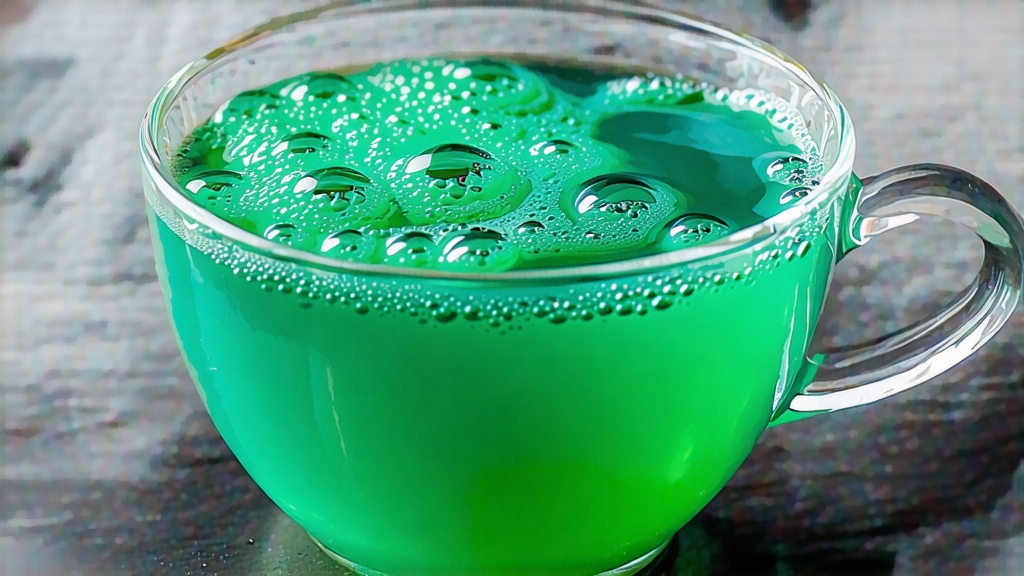
Among the verdant tapestry of Chinese green teas, Biluochun—literally “Green Snail Spring”—occupies a place of almost mythical delicacy. Produced exclusively in the mist-locked hills that cradle Dongting Mountain in Taihu Lake, Jiangsu Province, this tea is celebrated for the tiny spiral shape of its finished leaf, its downy silver-white tips, and an aroma so fragrant that imperial poets once claimed it could “intoxicate without wine.” To international drinkers accustomed to the grassy simplicity of Japanese sencha or the roasted depth of Longjing, Biluochun offers a different lexicon of flavor: orchid, apricot, and a whisper of sweet pea, all suspended in a liquor the color of early morning jade.
Historical records first mention the tea during the late Tang dynasty (ninth century), when local monks offered “Xia Sha Ren Xiang” (literally “scaring-people fragrance”) to temple visitors. The name Biluochun was bestowed in the Kangxi era (1662-1722) after the emperor—traveling incognito—was so enchanted by the brew that he renamed it for its snail-like curl and spring harvest. Court chroniclers record that the imperial caravan carried the tea back to Beijing in silk-lined caskets, elevating it to tribute status and fixing its reputation for the next three centuries.
Botanically, Biluochun is made from a diminutive cultivar called Fuding Da Bai Hao, a variety prized for its high concentration of downy buds. Growers interplant the bushes between rows of peach, plum, and loquat trees; the fruit blossoms release volatile esters that settle on the tea leaves, creating the tea’s signature fruity bouquet. Because the leaf is picked so early—often when each bud is still shorter than a grain of rice—seven kilograms of fresh pluck render only one kilogram of finished tea, explaining its relative rarity and higher price.
The crafting ritual begins before dawn on Qingming festival, when mountain mist is thickest. Pickers, usually women wearing bamboo hats, snap off only the single bud and the adjacent half-open leaf, a grade known as yi ya yi ye. The harvest must reach the village workshop within two hours; oxidation waits for no one. Inside, master tea makers employ a five-step sequence: shaqing (kill-green) in woks heated to 180 °C, rounian (initial rolling) to break cell walls, cuo tuan (spiral forming) performed entirely by hand on bamboo trays, xiao huo (low-temperature firing) to lock in fragrance, and finally ti xiang (aroma lifting) where the tea is tossed above the wok for three seconds at a time. The entire process is completed in under forty minutes, demanding wrist strength calibrated to the gram; too much pressure and the bud snaps, too little and the spiral never tightens.
To brew Biluochun abroad, one must respect its fragility. Use still spring water at 75 °C—never boiling—and a tall, thin glass rather than porcelain. The classic Jiangsu method calls for three grams of tea per 150 ml, but novices often overdose because the dry leaf looks so airy. First, warm the glass with a quick rinse, then drop the tea onto the bottom. When water meets leaf, the spirals perform a slow-motion pirouette, sinking and rising in a choreography known as “the tea rain.” Steep for forty-five seconds; subsequent infusions add five seconds each. A five-gram sample can yield six luminous brews, the third typically considered the apex where floral and umami notes reach perfect equilibrium.
Tasting follows a three-breath rule. Inhale through the nose while the liquor is still on the tongue, exhale gently through the mouth, then inhale again with lips slightly parted. The first breath captures the top note—often likened to lychee or white peach; the second reveals a cooler, orchid-like heart; the third finishes with a sweet, almost mineral echo reminiscent of Taihu’s limestone shores. Professional cuppers also listen: when the emptied glass cools, residual aroma drifts upward in audible waves, a phenomenon locals call “the singing snail.”
Storage is critical. Because Biluochun retains 6–7 % residual moisture—higher than most greens—it must be kept at –5 °C in an airtight, opaque tin. When retrieving, allow the tin to stand unopened for four hours to prevent condensation from shocking the leaf. Under these conditions the tea can retain its vivacity for eighteen months,